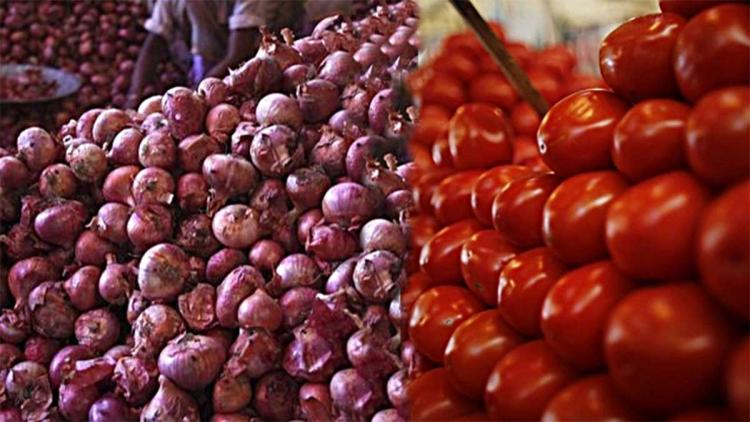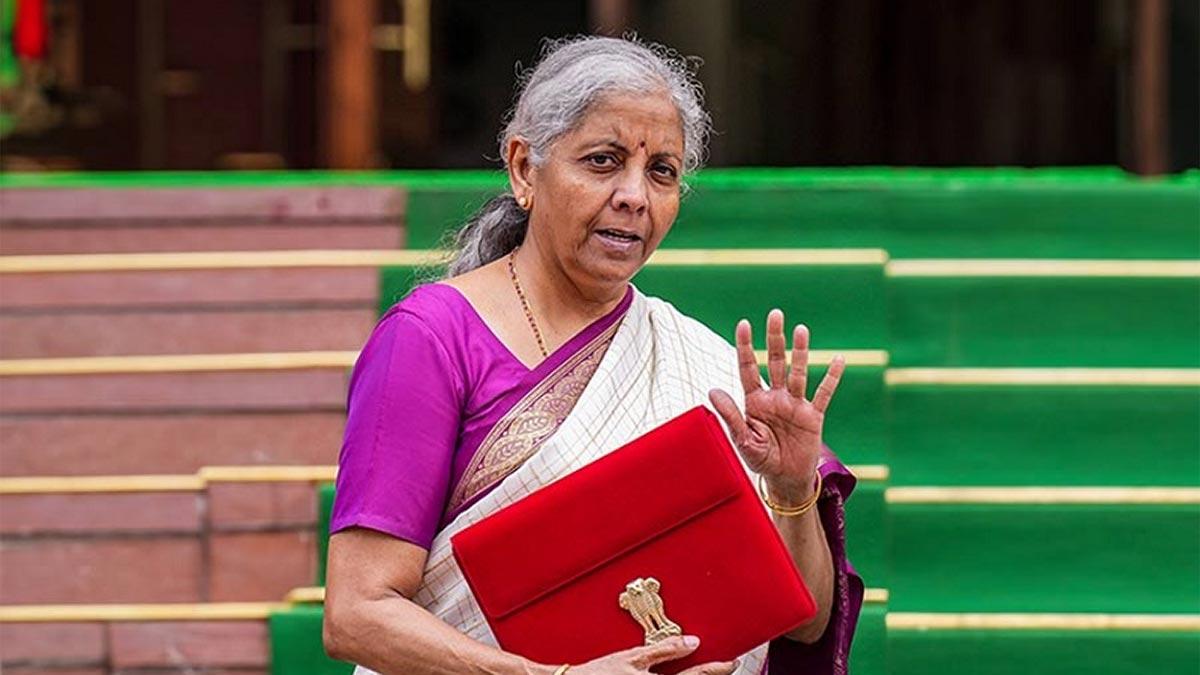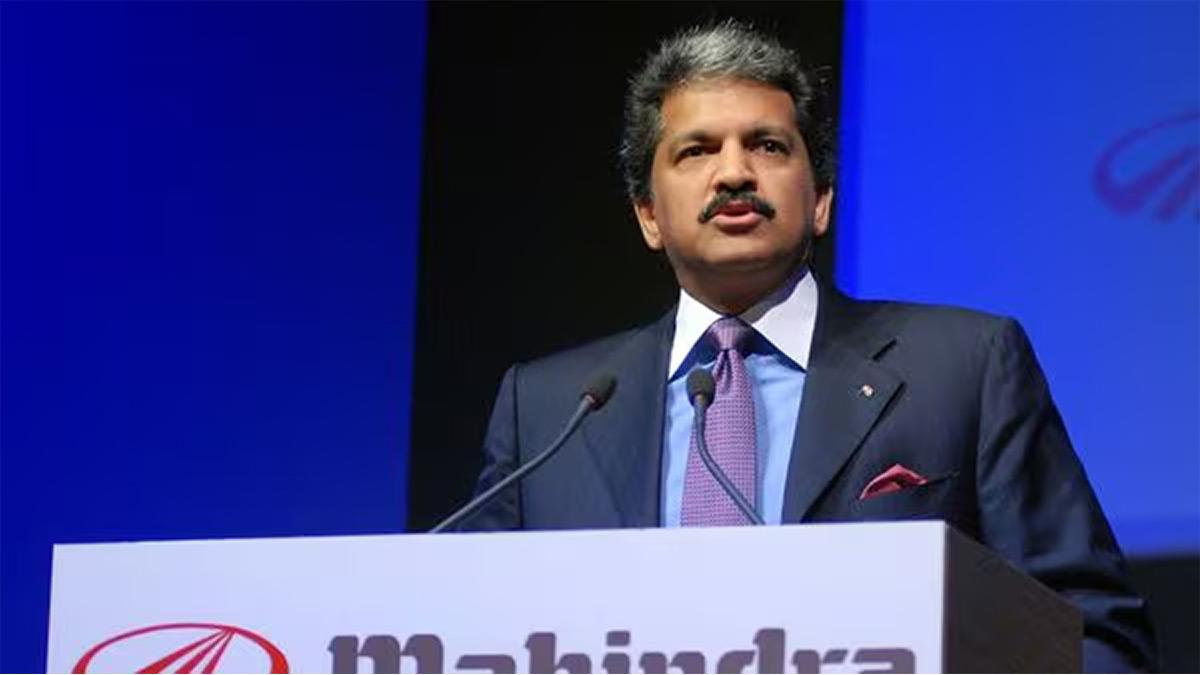In November, the cost of a vegetarian 'thali' increased by 10%, compared to October, while the cost of a non-vegetarian thali rose by 5%, primarily due to a surge in onion and tomato prices, according to a CRISIL report.
The unseasonal rainfall in November had a detrimental impact on onion and tomato crops, resulting in a shortage of these commodities and subsequent price hikes.
The report states, "The cost of the veg thali rose 9% year-on-year (YoY), driven by a 93% and 15% increase in onion and tomato prices, respectively. Prices of pulses, which account for 9% of the veg thali cost, also increased 21% YoY."
A vegetarian thali typically includes roti, vegetables, rice, dal, curd, and salad, with its average cost calculated based on input prices across north, south, east, and west India.
For the non-vegetarian thali, the price increase was comparatively lower due to a decline in chicken prices, which constitute 50% of the total cost of a non-veg thali. In a non-vegetarian thali, chicken replaces dal, while other components remain the same.
Contrastingly, in October, the cost of both veg and non-veg thalis had decreased by 1% and 3%, respectively, compared to September, as prices of items such as potatoes, tomatoes, and broilers had fallen during that period.
Read also| 2023 Sees Small and Midcaps Outshining Nifty Performance


















